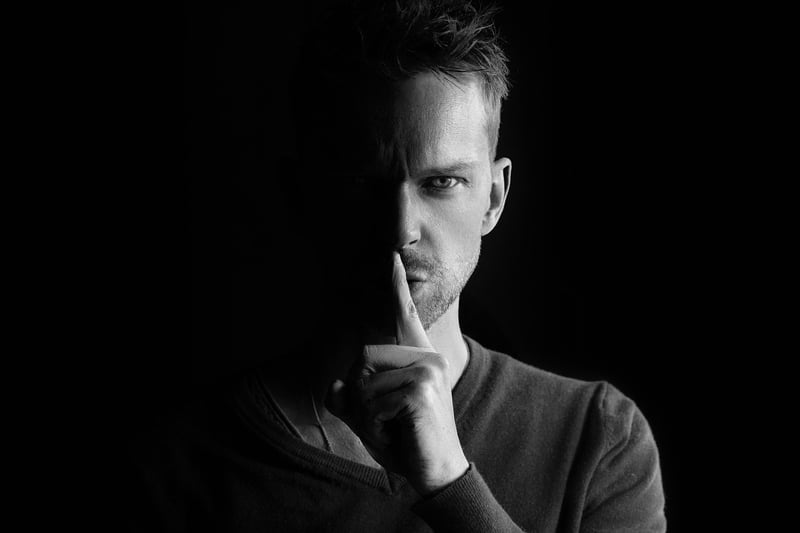Quiet Gestures
Interpret the Unspoken: Quiet Gestures
In our daily interactions, much of what we communicate goes beyond words. It's in the subtle movements, expressions, and gestures that we convey our true feelings and thoughts. Understanding these unspoken cues can lead to deeper connections and more meaningful relationships.
Types of Quiet Gestures
Quiet gestures come in various forms, each carrying its own significance:
- Eye Contact: Sustained eye contact can signal trust and attentiveness.
- Smile: A genuine smile can express warmth and friendliness.
- Hand Gestures: Subtle movements of the hands can emphasize points or show agreement.
- Posture: Leaning in can indicate interest, while crossing arms may signal defensiveness.
- Head Nods: Nodding can show agreement or understanding without words.
Interpreting Quiet Gestures
Being aware of these gestures and their meanings can help you interpret unspoken communication more effectively:
- Pay attention to body language cues during conversations.
- Consider the context in which the gestures occur.
- Be mindful of cultural differences in interpreting gestures.
- Trust your instincts but verify your interpretations through further communication.
The Power of Quiet Gestures
Quiet gestures have the power to:
- Build rapport and trust between individuals.
- Enhance understanding and empathy in relationships.
- Resolve conflicts and misunderstandings peacefully.
- Create a sense of connection even in silence.

Next time you engage in a conversation, pay attention not only to the words spoken but also to the quiet gestures exchanged. They may hold the key to a deeper understanding and connection with those around you.
Remember, sometimes it's the unspoken that speaks the loudest.
